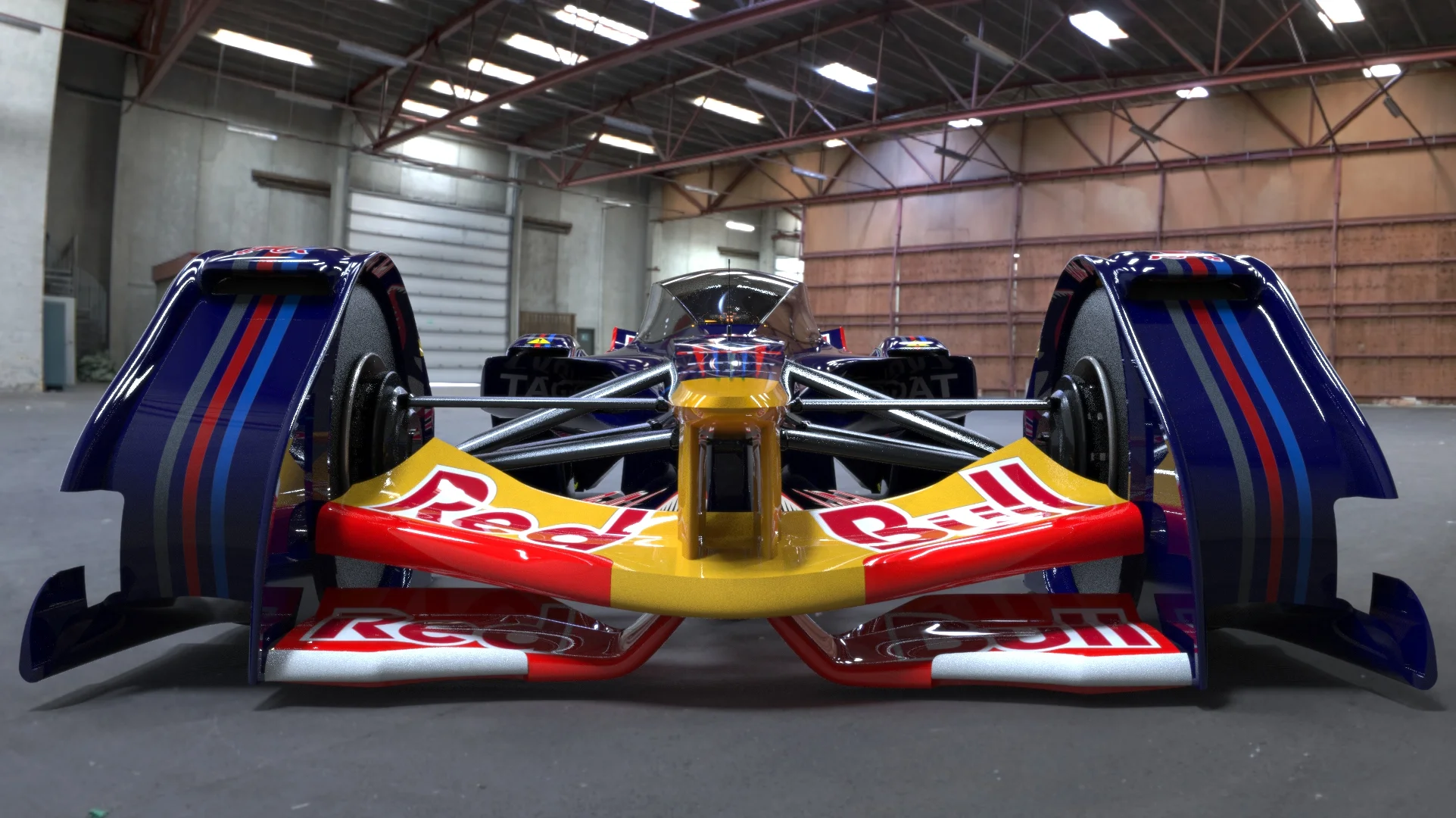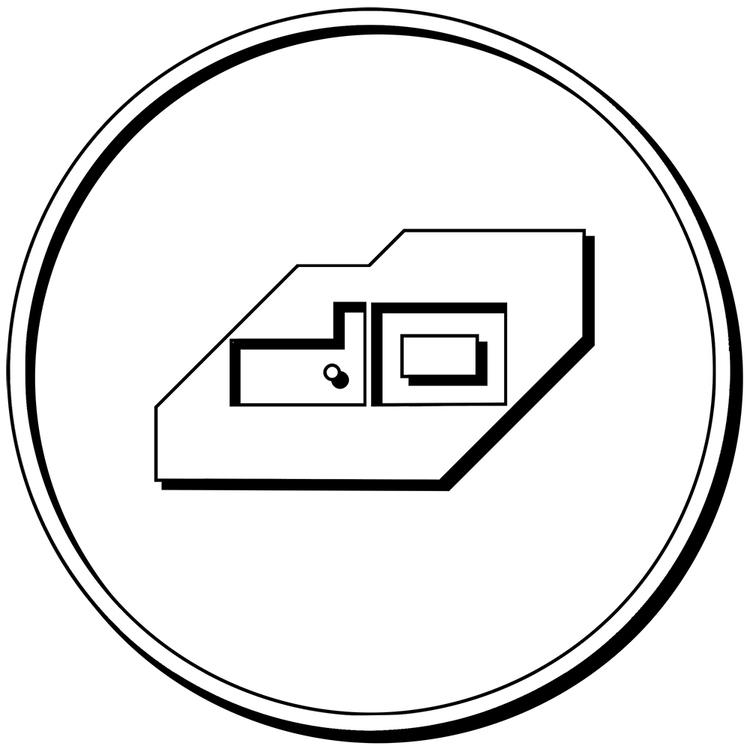Fungi Luminaris 3.0




Man Brooches 2016




Hanging Light Fixture 1

Fungi Luminaris 2.0



Fungi Luminaris





Modular Headphone Design "Slardar"





Micro Smoke Machine - MSMI





Jewelry & Wearables

















3D Projects & Renders













Miscellaneous

